Stock House Plans – The Good, the Bad…and the Unknown
By David Porter AIA – Consulting architect to the Garlinghouse Company since 1989
You have looked through lots of plans magazines or you have spent hours sitting at your computer looking at plans services’ websites and there it is; bingo….a rendering or photograph of that dream house you have always wanted. Even the floor plan layout for that home fulfills everything you have ever wanted in a house. It is the perfect house for you.
You order the construction drawings for that plan and the prints arrive. You get the prints to a builder or multiple builders or you get prints out to various subcontractors to obtain prices for building the house. A few weeks go by and then the unsettling news arrives. The prices and comments coming back from the bidders are that the your “dream home” will be more akin to a nightmare, because no one could figure out the plans and had to guess high with their bids.
During my twenty years working in the stock homes plans business, I have seen this scenario play itself out too many times. Certainly, there are two sides. Stock plans obtained from many services, designers, or architects, are well done and contain simplified, thought-out framing, section drawings taken from appropriate locations in the house to explain the construction, and details and construction options that will allow for building the house economically and to various regional construction method differences (i.e. poured concrete foundations as may be preferred in New York versus concrete block foundations as may be preferred in some areas of New Jersey).
Some designers and architects, however, who have some of the most creative minds to generate the house imagery that you fell in love with in the magazines and websites, may not have the same degree of knowledge, experience, practicality, or interest in preparing a comprehensive set of construction drawings. It is the construction drawings that contain all of the dimensions, details, and coordination of vertical and horizontal construction elements that shapes and defines the house that can make or break a reasonable budget.
So, how do you avoid the problem of falling in love with one plan to then have your hopes and dreams dashed only after you have spent a lot of money ordering multiple sets of drawings? I would recommend that you pick out a couple of plans that you would like to have for your house. Order up what might be called a “1-set order” (the term used by Garlinghouse) for each plan you are considering. This set will be the complete set of construction drawings to build the house from but it will be stamped “not for construction”. This set is not an abbreviated set that some plans services might call a “review set” or a “study set.” From this one set of construction drawings, have a builder or multiple builders or multiple subcontractors look over the set for its completeness and proficiency in providing them with the information they will need to put together a tight, realistic bid for you and without their having to redraw almost the entire set to make it workable for the real construction. If they come back to you telling you that it will be a nightmare for them to try and figure out how to build the house from the drawings you gave to them, you can take that to mean that either they do not understand drawings, or that the house is complicated and will be expensive, or that the drawings are missing so much critical information that they would have to guess at what and how to build the missing information.
At the same time, you can take the single set of drawings to your local building inspector. Have him/her look over the drawings to see if they are suitable for issuing a building permit or if they might not be suited to the climate or region where you are building and would need lots of changes and/or additions to the drawings before a permit could be issued.
Stock plans are usually created for a generic set of construction methods or they were prepared by the original designer or architect for a particular client in a particular town and region and to be compatible with the construction methods of that area. Not all areas of the country build the same way or have the same regional climate conditions. Some building inspectors are mindful that stock plans may not show exactly how the house will be built in their town and grant a permit or they can be sticklers and want the drawings changed to show all construction methods and materials exactly as they will be used in the construction process. It would be good for you to know this before buying all of the plan sets you will need for pricing, the building permit, and construction since you may have to modify the stock plans set to satisfy the inspector’s requests. If that is the case, then you will probably want to purchase a “license” from the stock plans company so that you will be permitted to modify the plans to suit your local conditions. If you purchase regular paper prints of the house, you are not permitted to modify the plans.
Some other conditions that might affect your purchase of construction drawings of stock plans:
- Check to see if the house framing uses roof trusses or “stick” (lumber) framing. You will probably only know this by seeing the construction drawings (the 1-set order). You or your builder may prefer one or the other so it would be best for the construction drawings to show that preference. Also, if you are building in a remote area not accessible by big, long trucks and trailers, then getting roof trusses to your site and then erected by a crane may not be possible and the plans should then show stick framing. If there are not truss manufacturers in the area where you will build, that would be another good reason to know what framing method has been specified in the construction drawings.
- The construction drawings for most stock house plans have been prepared for inland, normal snowfall, normal wind speed conditions. If you are building along a coast, in an earthquake region, high up on a mountain, in a heavy snowfall region of the country, or in a hurricane prone area, a set of stock plans that is not adjustable to those conditions or where the plans company cannot offer you an additional service to modify the plans to suit those atypical conditions, may do you no good. Check with your local building official on the specific environmental and climatic design conditions where you will be building before ordering your construction plans to make sure you are buying something that will be useful.
- Check to see if the standard construction methods and details contained in the stock plans matches up with the local construction methods preferred by the local workforce and if there is a difference, check to see if the building official will grant a permit with the drawings showing certain construction one way and knowing it will get built a different way.
Beware of the code and building requirements of the local building official. You may purchase a perfect set of well done construction drawings only to still have the building official want to see changes and/or additions to the drawings to satisfy his/her interpretation of the building code. The code is not a black and white document. It comes in shades of gray and may be interpreted one way by the preparer of the construction drawings and a different way by the building inspector. The building inspector always wins; that is, if you want to receive a building permit in this century. It will save you much angst to get the building official to look over your 1-set purchase so you will know what will be expected before spending for all of the construction prints or purchasing a license to modify the plans.
Construction drawings from the Garlinghouse Company may not meet every environmental and climatic condition in the country but I can say from my many years of managing their construction drawings preparation process, that their drawings are some of the best in the stock plans business.
‘til next month, hoping all of your building experiences are happy ones.

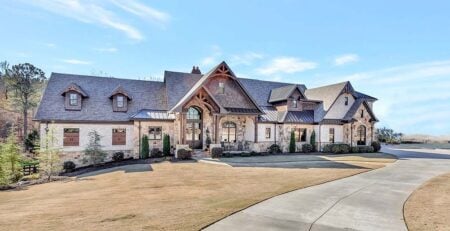

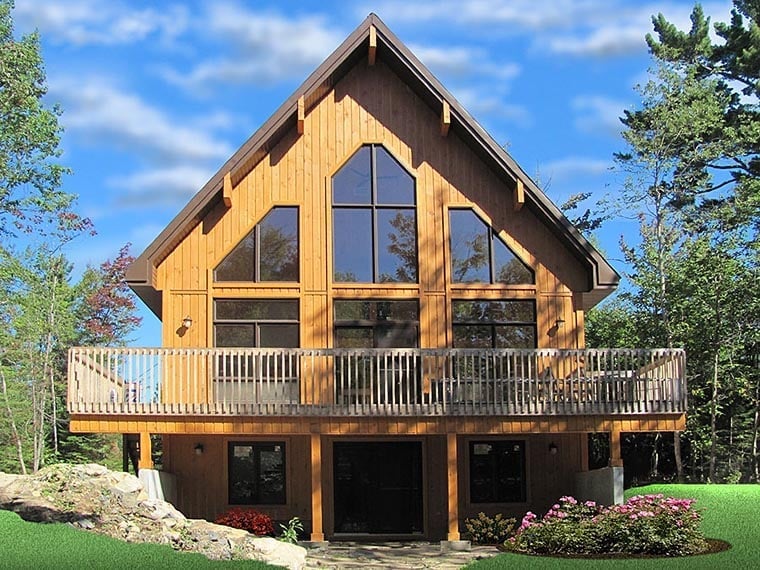
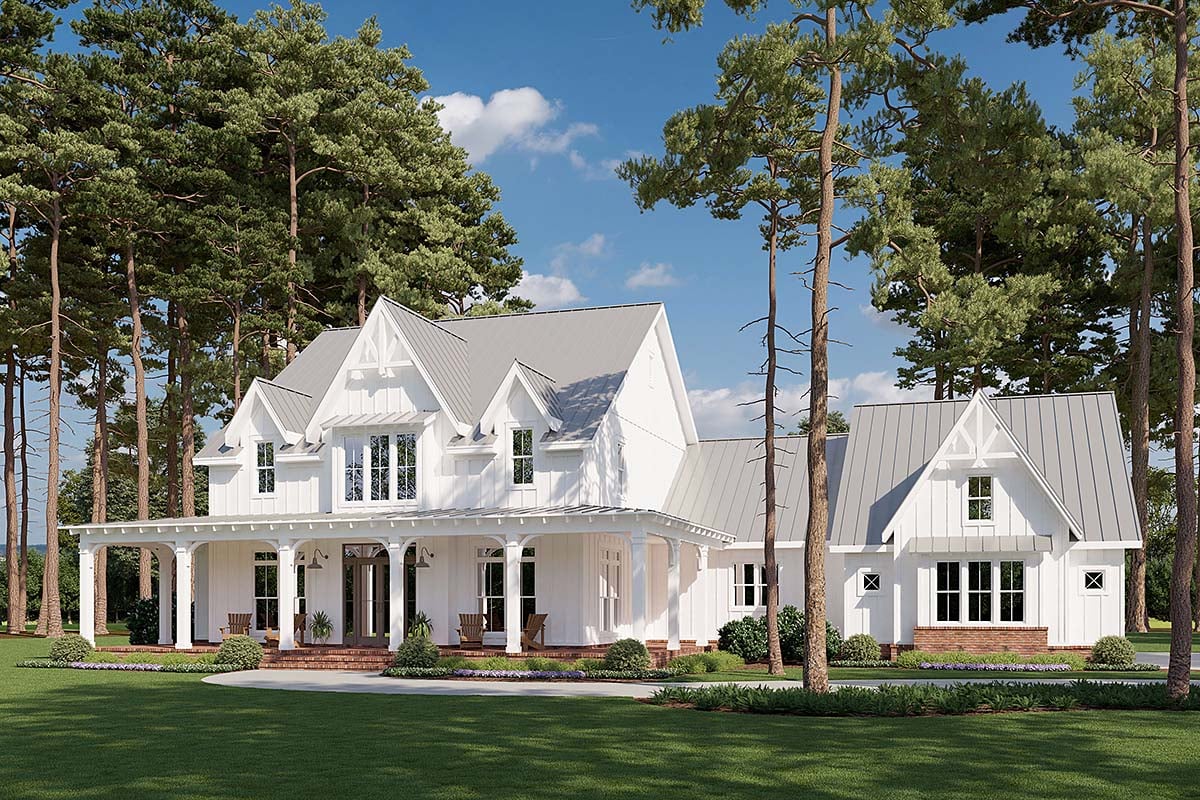
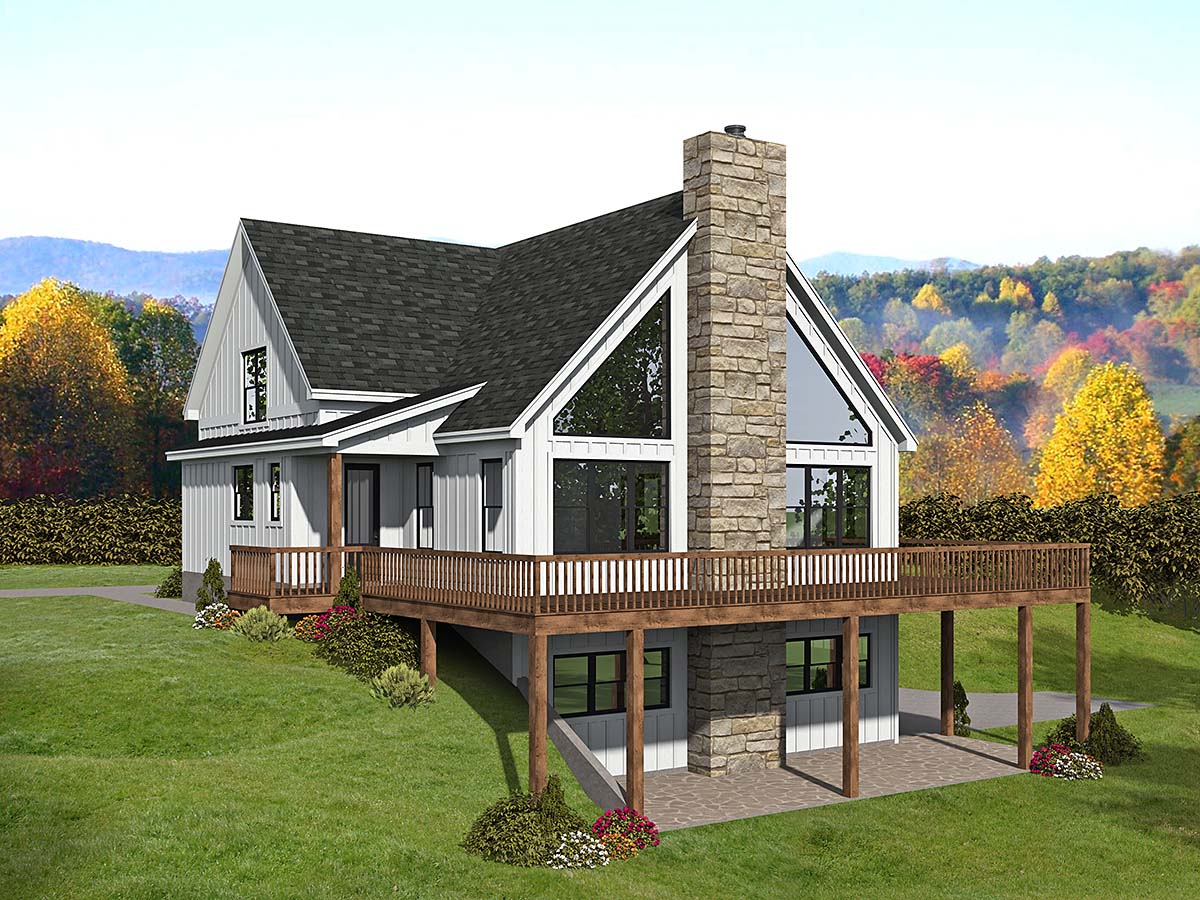
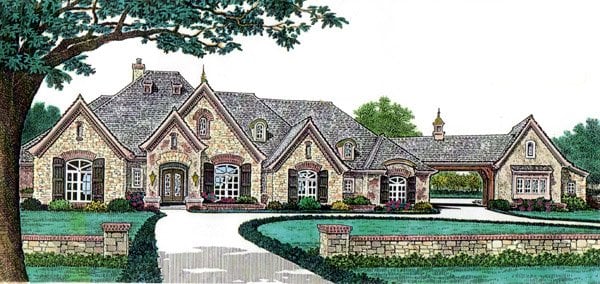

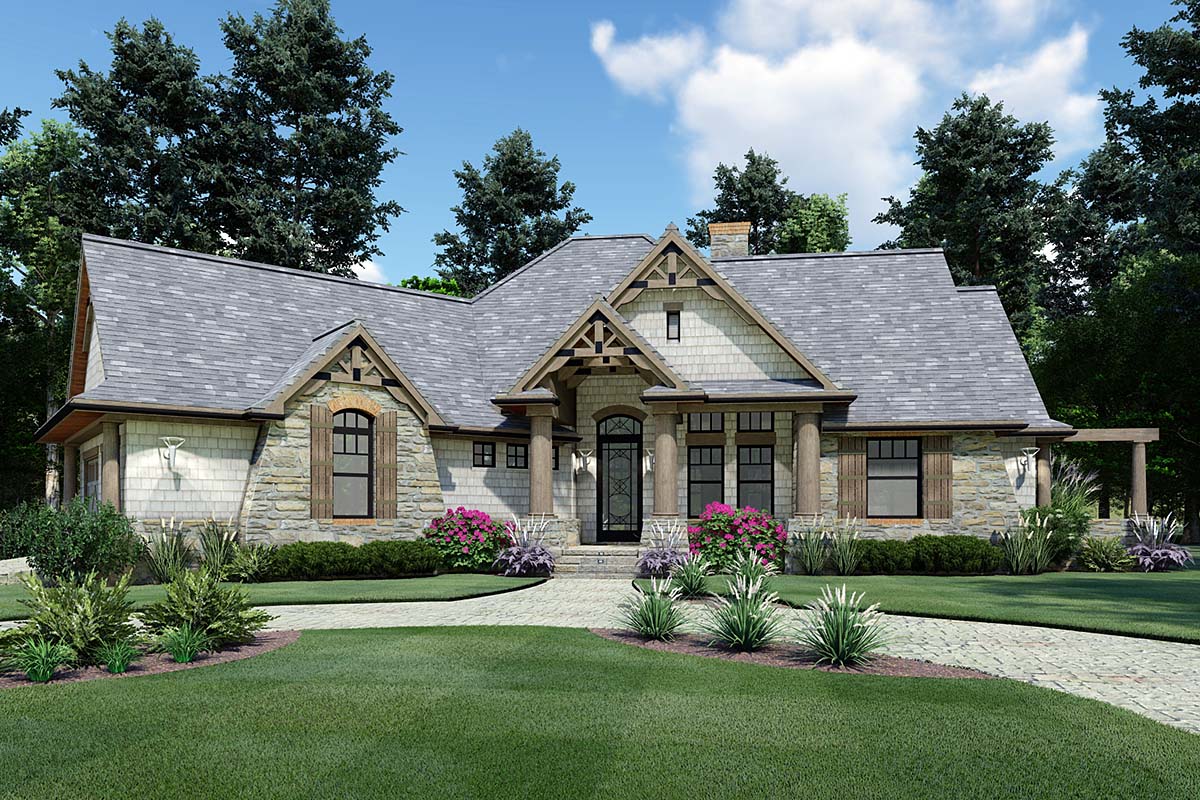


Leave a Reply